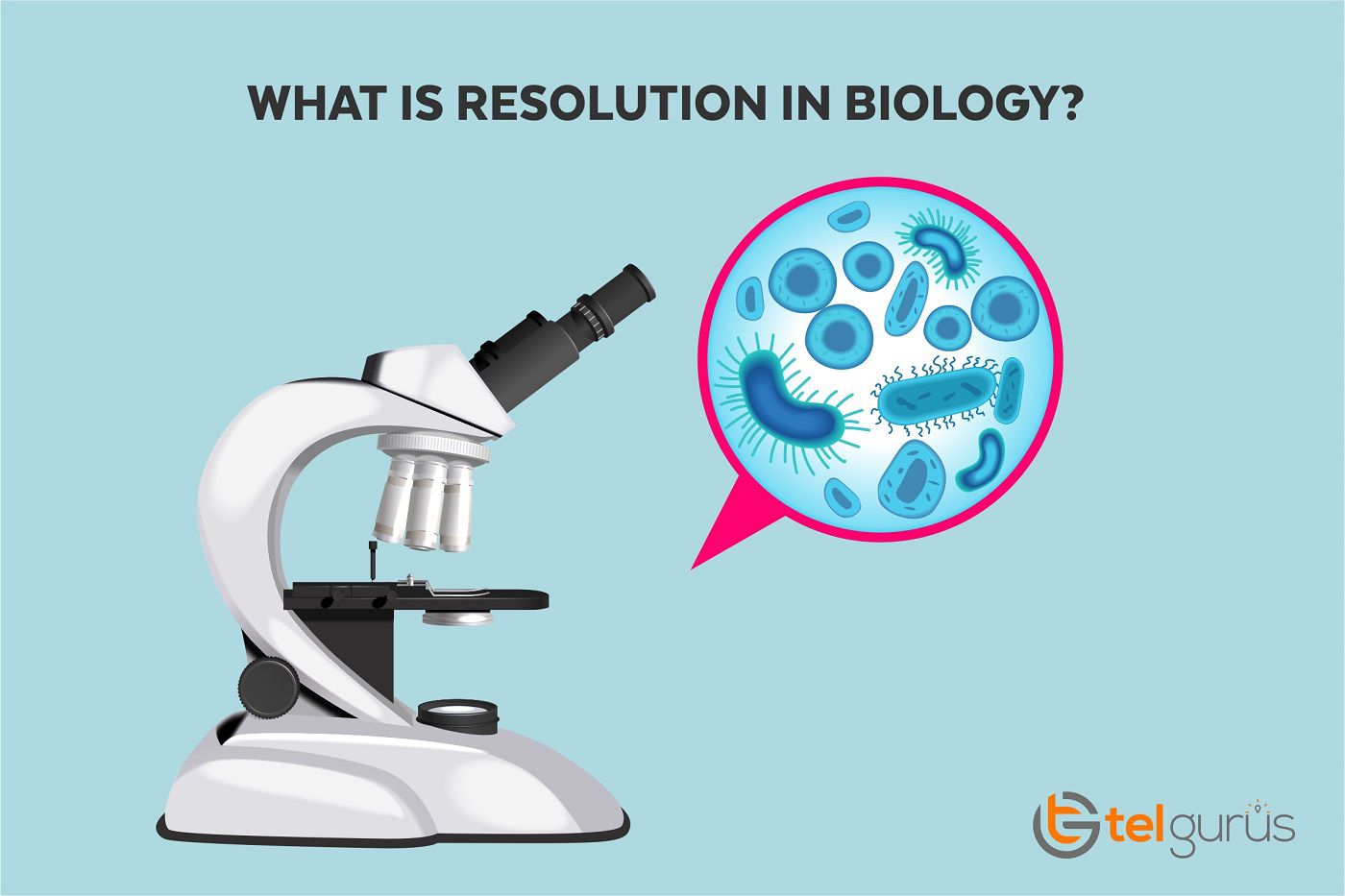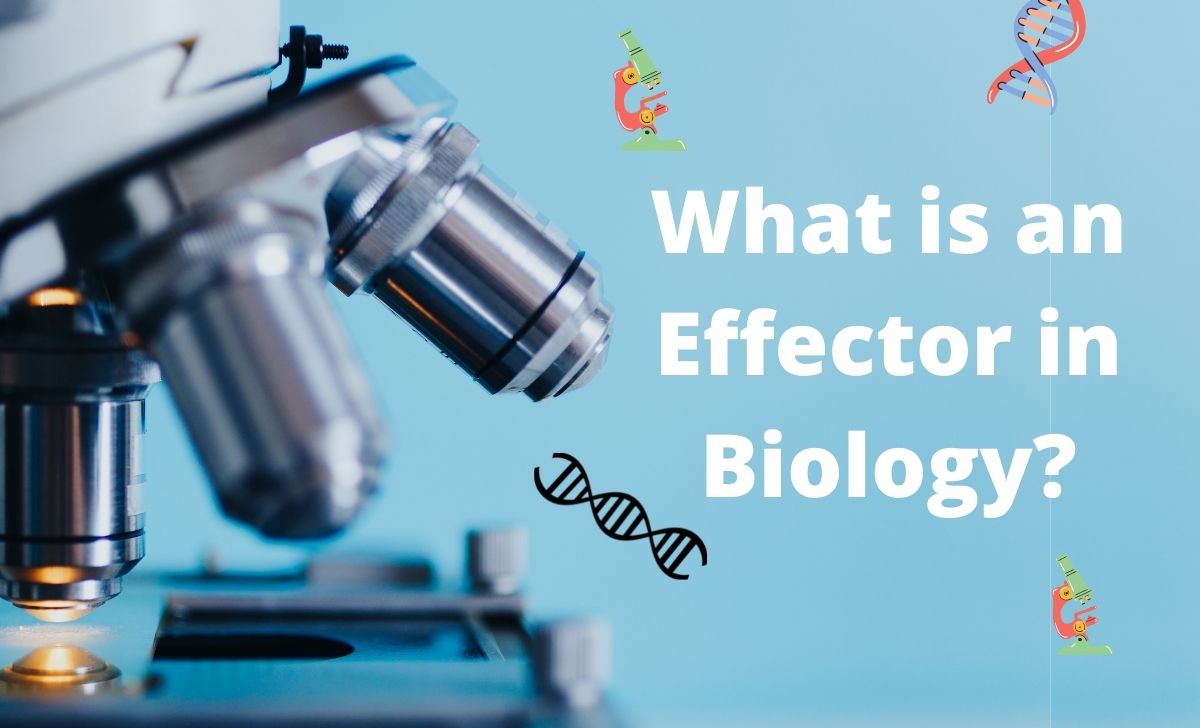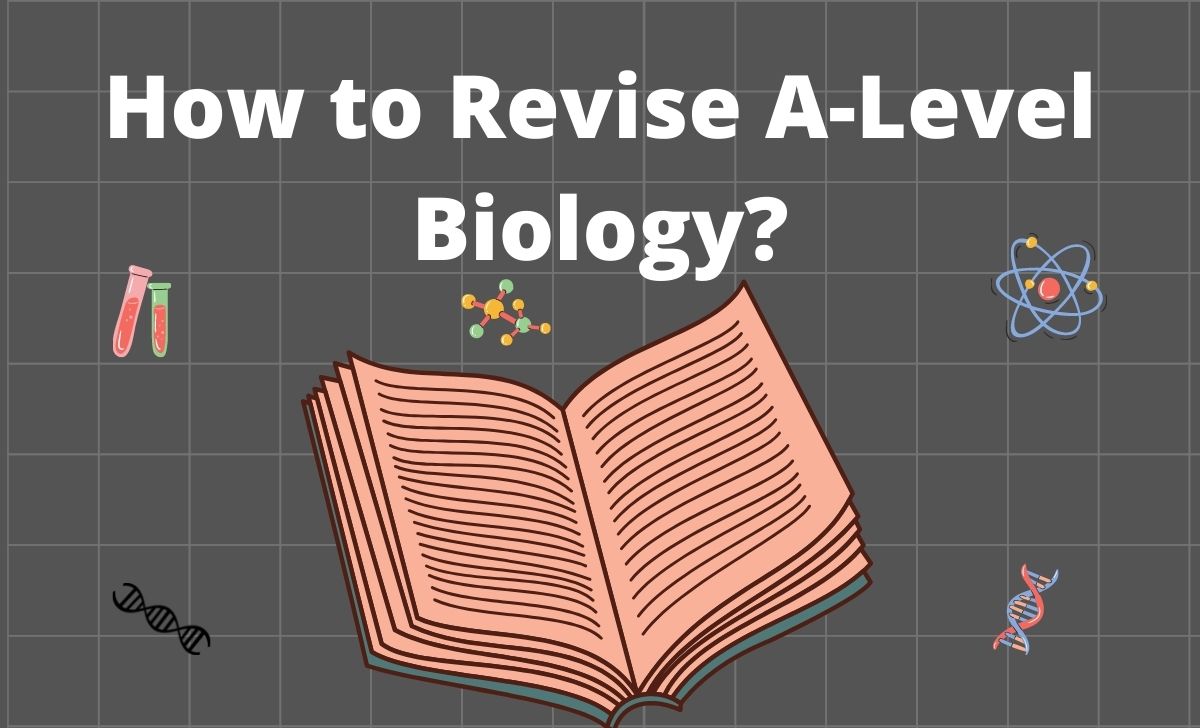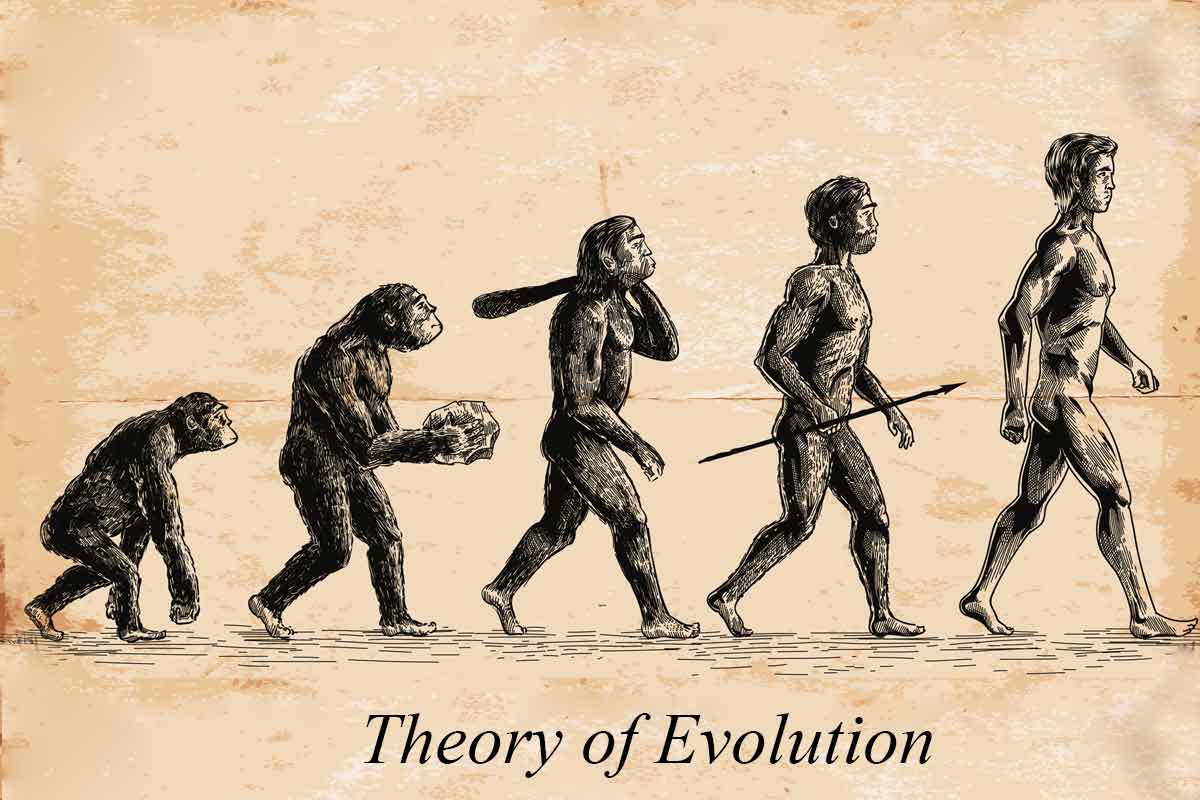What is Biology About?
Biology is the natural science which studies living organisms and life, including their chemical processes, physical structures, physiological mechanisms, evolution, and development.
Whether we talk about the animal, plant, or any micro-organism, biology is the study of everything alive or once was happening.
The term Biology is derived from the Greek word where bios mean life and logos meaning study. In short, it is the study of life. The study of Biology is essential as it helps understand all about living things, including how they work, interact, and function. The ongoing advances in biology helped scientists perform several essentials like developing better medicines, understanding how environmental change affects animals and plants, treatments for several diseases, and whatnot.
There are several basic principles of biology. This includes:
Cell theory: The cell theory principle indicates that all living things are made of fundamental units known as cells. All the cells come from some pre-existing cells.
Gene Theory: Gene theory principle states that all the living things have molecules and DNA that code the structures, the function of cells and get passed to offspring.
Homeostasis: Homeostasis indicates that all living things maintain a balanced state that enables the organisms to survive in their environment.
Evolution: Evolution describes how all living things can modify to have traits that enable them to survive better in their environments. These traits result from some random mutations in an organism’s genes selected through a process known as natural selection.
Branches of Biology!
There are several branches of Biology. Let us get familiar with a few of them.
- Biochemistry: Biochemistry is the study of chemical processes that occur in or are related to living things. For instance, studying biochemistry is related to how the drugs interact with the chemicals in the body.
- Ecology: Ecology is the study of organisms’ interaction with the environment.
- Genetics: Genetics is the study of heredity. It tells about how genes are passed from the parents to their offspring, how they vary from person to person, and many more.
- Physiology: Physiology is the study of how living things work. It applies to any of the living organisms.
- Bioengineering: Bioengineering is related to the application of engineering principles to biology and vice versa.
- Biotechnology: Biotechnology includes using biological systems to develop products.
- Bioarchaeologists: The biologists who incorporate the archaeological techniques to study the skeletal remains and insights about how people lived in the past.
The study of biology introduces a broad spectrum of biological studies related to a living thing. Studying biology offers a wide range of benefits and opens up the pathway to several career options.
Want to know more about the subject? Stay tuned for more information!
Why Study Biology?
If you love to learn about living beings, human body mechanisms, and many more topics of interest, biology can be the right choice for you. Biology offers a diverse range of topics of interest. Biology is the study of life.
Biology is focused on studying living organisms which includes answers to several questions, including life, microorganisms, and many others. It is all about understanding the answers to such questions and getting the justified answers to them.
If you also get the series of questions in your mind when you see a microorganism, a living being, or the mechanism of how the organ works, studying biology can be rewarding for you. It requires an accurate understanding to learn deeply about it as the subject is not about games and fun.
If you are curious about knowing the reasons for understanding why you should study Biology, then you have come to the right place. We have all the answers for you. Let us get familiar with the answers to these questions.
- Studying biology offers more flexibility to the students in choosing the right career paths. It does not revolve around a specific discipline and introduces the students to a broad spectrum of biological science.
- Studying biology will introduce you to several such interesting facts about living beings that will make you curious to explore more about it. So, in short, there is no going back.
- It will familiarize you with the answers to all the “What,” “How,” and “Why” that come to your mind while talking about any single thing related to Biology.
- Studying living systems will help you produce medicines and treat debilitating health conditions when requiring attention.
Studying biology can never be a boring class as it will always introduce you to something interesting every time. Want to know how to study Biology? Don’t forget to check the blog, including the preparation and study strategy for biology.









